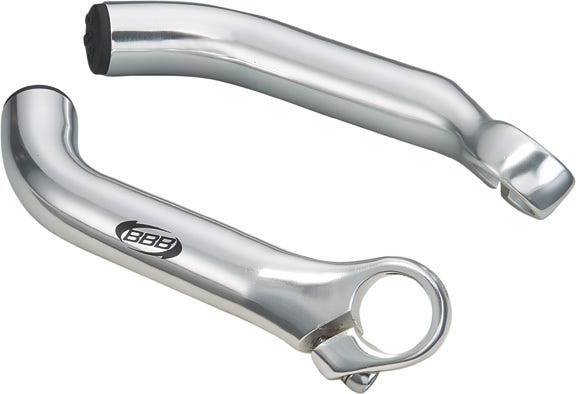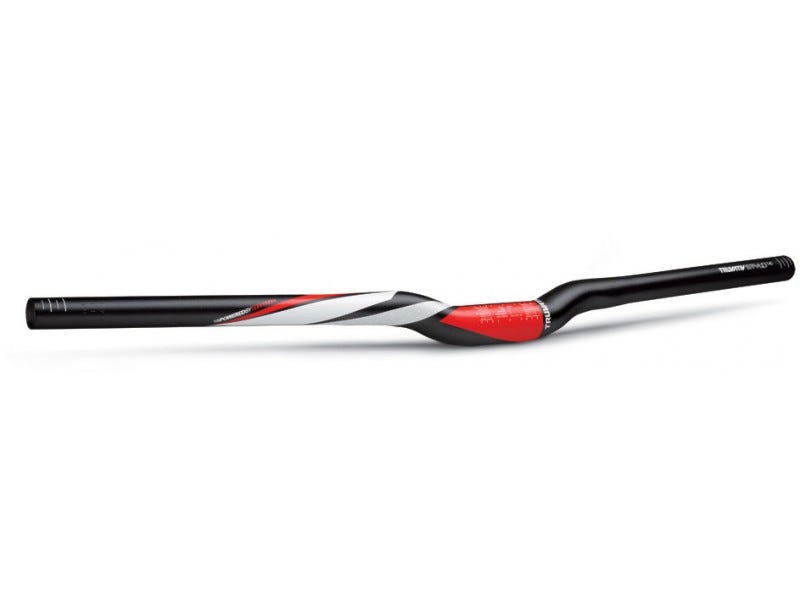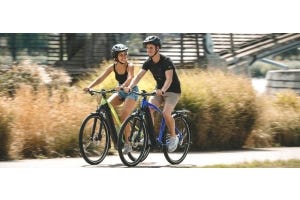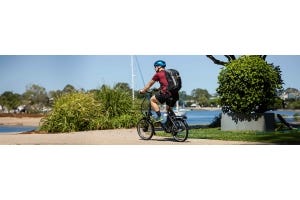Handlebars Buying Guide

Handlebar design and dimensions are integral to how your bike handles and ultimately, how well it fits you. Bikes will generally come with handlebars of the appropriate size and shape, however, an upgrade can give you that extra performance edge.
Road Bike Handlebars
 The most important consideration when buying road bike handlebars is width with the goal being to try and match the width of the bars to your shoulders to ensure a comfortable riding position. Secondly, you’ll need to decide on what shape you require. The curve in road bike handlebars is referred to as ‘drop’ with a larger drop allowing for a more aggressive and aerodynamic riding position, however if you’re not confident you’ll be able to stay down in your drops for long periods of time then a more compact design might be the best for you. Finally, you should consider what material you’ll require. Road bike bars are available in both carbon and aluminium and the choice largely depends on how much weight you want to save vs. how deep your pockets are.
The most important consideration when buying road bike handlebars is width with the goal being to try and match the width of the bars to your shoulders to ensure a comfortable riding position. Secondly, you’ll need to decide on what shape you require. The curve in road bike handlebars is referred to as ‘drop’ with a larger drop allowing for a more aggressive and aerodynamic riding position, however if you’re not confident you’ll be able to stay down in your drops for long periods of time then a more compact design might be the best for you. Finally, you should consider what material you’ll require. Road bike bars are available in both carbon and aluminium and the choice largely depends on how much weight you want to save vs. how deep your pockets are.
Mountain Bike Handlebars
 As is the case with road bikes, mountain bike handlebars come in a variety of widths to suit different rider sizes and styles. Wider bars provide greater control in corners, but can be a handful around obstacles in a tight and twisty trail. If you’re into downhill riding then you’ll want extra strong bars to put up with the rough ground and heavily landings you’ll be encountering on the trails, whereas if cross-country riding is more your style then you will be more concerned with weight rather than strength. It is also important to ensure that you get the correct diameter bar to fit your stem with the most common size being 31.8mm. The final consideration to make is rise, which refers to how much higher the ends of the bars sit in relation to the centre clamp. A lower rise gives a more aggressive riding position however won’t be as comfortable over longer rides as bars with a larger rise.
As is the case with road bikes, mountain bike handlebars come in a variety of widths to suit different rider sizes and styles. Wider bars provide greater control in corners, but can be a handful around obstacles in a tight and twisty trail. If you’re into downhill riding then you’ll want extra strong bars to put up with the rough ground and heavily landings you’ll be encountering on the trails, whereas if cross-country riding is more your style then you will be more concerned with weight rather than strength. It is also important to ensure that you get the correct diameter bar to fit your stem with the most common size being 31.8mm. The final consideration to make is rise, which refers to how much higher the ends of the bars sit in relation to the centre clamp. A lower rise gives a more aggressive riding position however won’t be as comfortable over longer rides as bars with a larger rise.
 Your store
Your store 



